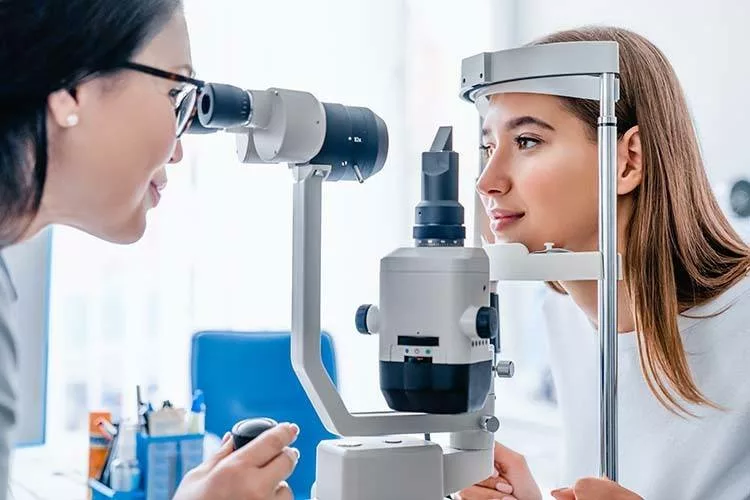In today’s world, technology touches every aspect of our lives, including our health. Eye care is no exception. Advances in digital tools are changing how we understand and treat eye conditions. From virtual consultations to high-tech imaging, the field evolves rapidly. A Jenkintown ophthalmologist & eye surgeon shares insights on this transformation. These innovations not only enhance diagnosis but also improve treatment and routine care. Let’s explore how these changes benefit patients and revolutionize eye care.
Virtual Consultations: A New Norm
Virtual consultations are becoming more common. They offer a way to connect with eye specialists without leaving home. This approach is convenient and efficient. Patients save time and avoid travel hassles. Eye doctors can assess symptoms and offer guidance through video calls.
These consultations are not replacements for in-person exams, but they are a great first step. They help determine if further evaluation is needed. The flexibility of virtual visits benefits those with mobility issues or time constraints.
Advanced Imaging Techniques
Digital imaging technology has improved leaps and bounds. Tools like Optical Coherence Tomography (OCT) provide detailed images of the eye. These images help detect conditions like glaucoma and macular degeneration early.
High-resolution imaging allows for precise monitoring of eye health. Doctors can track changes over time, adjusting treatment as needed. This leads to better outcomes and fewer complications.
Comparing Traditional and Digital Eye Care
| Aspect | Traditional Eye Care | Digital Eye Care |
|---|---|---|
| Consultations | In-person visits | Virtual consultations |
| Imaging | Basic imaging | Advanced digital imaging (OCT) |
| Monitoring | Periodic in-office check-ups | Continuous, remote monitoring |
AI in Eye Care
Artificial Intelligence (AI) is another game-changer. AI systems can analyze images and detect irregularities faster than the human eye. They assist in diagnosing conditions like diabetic retinopathy.
By integrating AI, eye care becomes more proactive. Early detection means earlier intervention, which can prevent vision loss. AI systems help ensure accuracy and consistency in diagnosis.
Access to Information
The internet offers a wealth of information on eye health. Educational resources from reputable sources like the National Eye Institute help people understand eye conditions better. Access to this information empowers patients to make informed choices about their care.
Online platforms also provide tips on maintaining eye health and preventing common issues. These resources support ongoing education and awareness.
Streamlining Routine Care
Routine eye care is more effective thanks to technology. Automated reminders help patients keep up with appointments. Digital records ensure continuity of care, even when switching providers.
Such systems reduce human errors and improve treatment adherence. Patients receive timely interventions without missing critical steps in their care plan.
Future Outlook
Technology’s role in eye care will only grow. Innovations in telemedicine and AI will continue to shape the future of ophthalmology. These advancements promise not only to improve access but also to personalize care.
As we embrace these changes, it’s important to remain informed. Staying updated about new tools and techniques helps us make the best decisions for our eye health.
In conclusion, digital advancements in ophthalmology bring hope. They enhance the quality of care and make eye health more accessible. By leveraging technology, we can look forward to a future where eye care is more efficient and effective.

